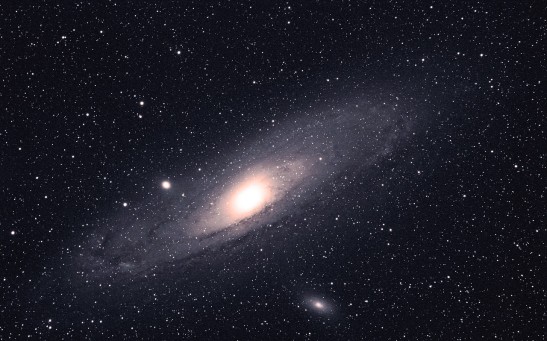Andromeda galaxy
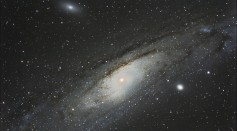
Andromeda Galaxy Shows Signs of Cannibalism, Showing Galaxies Grow by Eating Smaller Systems
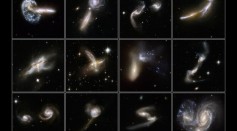
Remnants of Catastrophic Collision That Gave Birth to Andromeda Compiled to Discover the Origin of the Galaxy
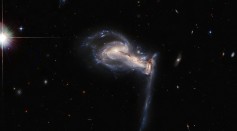
Hubble Space Telescope Captures a Gravitational Tug of War Between 3 Galactic Siblings Squabbling
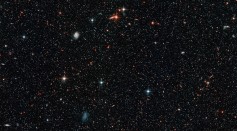
Hubble Telescope Maps Andromeda's Giant Halo
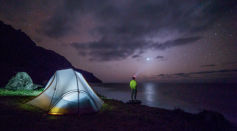
9 Must-See Stargazing Events in August, No Telescope Required!
Hubble Telescope Spotted Galaxy Duo Rushing Past Each Other At Lepus ‘The Hare’ Constellation
Fermi Detects The Mysterious Dark Matter In Andromeda Galaxy
Andromeda Galaxy Scanned Through NuSTAR
Andromeda's Halo and Its Gaseous Glow
NASA Researchers Resolve Every Star in New Panoramic View of Andromeda
NASA Researchers Resolve Every Star in New Panoramic View of Andromeda
Eons After the Big Bang, and 80 Years After It Was Proposed, Dark Matter Takes Form in Andromeda
Strange Andromeda Transmission May be First Sign of Dark Matter
Most Popular

How Technology Is Changing the Real Estate Industry?

Study Reveals High Turnover in Scientific Research Careers: What This Means for Future Scientists

How a Plant-Based Diet Can Protect Against Breast Cancer: Insights from Nutrition Research

Why It's So Difficult to Lose Weight: The Biological Explanation Behind Obesity

